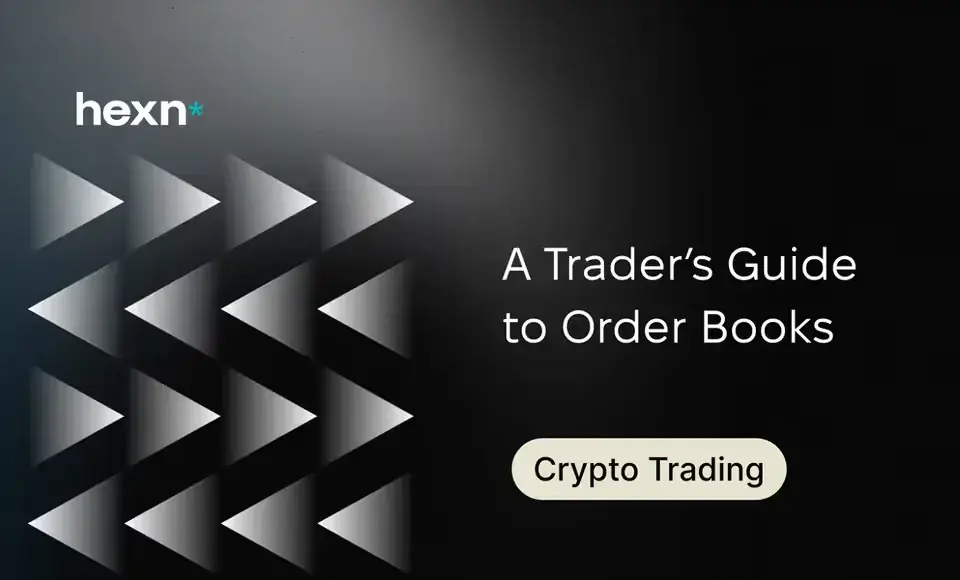A Trader’s Guide to Order Books
What Is an Order Book?
The order book is the living heart of any market. It’s a real-time, organized list of all active buy and sell orders for a specific asset, like BTC/USD. By showing exactly what prices traders are willing to buy and sell at, the order book provides a transparent view of supply, demand, and market liquidity.
For any active trader, learning to read an order book is a fundamental skill for timing trades and understanding short-term market dynamics.
Key Points
- Real-time supply and demand: The order book lists current bids and asks, so you can see where buying and selling interest concentrates.
- Continuous updates: Orders appear and disappear as traders submit, fill, or cancel them, making the book a constantly changing snapshot of market activity.
- Useful but not definitive: Order books can highlight likely support and resistance, but visible large orders can be misleading if they are placed or removed strategically.
Anatomy of an Order Book
An order book has two sides, which represent the opposing forces of the market:
- The Buy Side (Bids): This is a list of all open buy orders. Each bid specifies the price a buyer is willing to pay and the quantity they want to purchase.
- The Sell Side (Asks): This is a list of all open sell orders. Each ask specifies the price a seller is willing to accept and the quantity they want to sell.
The exchange’s matching engine constantly works to pair these orders. When a new buy order is placed at a price that matches an existing sell order (or vice versa), a trade is executed. The filled orders are then removed from the book, and the process continues.
The Core Components Explained
- Bids: These are buy orders, typically shown from the highest price downward so the most competitive bids are easy to spot.
- Asks: These are sell orders, usually listed from the lowest price upward so the most attractive asks appear first.
- Price and quantity: Each line shows how much of the asset traders want to buy or sell at that specific price.
- Spread: The difference between the best bid and best ask. Narrow spreads indicate higher liquidity and lower immediate cost to trade.
Visualizing Liquidity with a Depth Chart
Depth charts turn the order book into a visual with two curves: cumulative buy volume on one side and cumulative sell volume on the other. The horizontal axis shows price levels and the vertical axis shows aggregated volume, making it easier to spot prominent clusters of orders or so-called walls that could slow price movement.
How Traders Use the Order Book
Traders use order books for several practical insights:
- Identifying support and resistance: Large concentrations of buy orders near a price can act as temporary support, while big sell interest can act as resistance.
- Assessing liquidity: A deeper book with many orders across prices means larger trades can be executed without moving the price much.
- Anticipating short-term moves: Sudden shifts in order flow or rapid removal of large orders can foreshadow quick price changes.
Keep in mind that visible orders can be placed tactically and removed, so the book only tells part of the story.
Common Order Types and How They Show Up
- Market orders: These execute immediately at the best available prices and will consume liquidity from the opposite side of the book.
- Limit orders: Placed to buy or sell at a specified price or better, these populate the book and provide liquidity until they are filled or canceled.
- Stop orders: Conditional orders that trigger a market or limit order when a price threshold is crossed; they may not appear in the public book until activated, depending on the platform.
Best Practices and Limitations
Order books are a powerful tool for short-term market reading, but they are not foolproof. Large visible orders can be deceptive, and automated traders can change the book quickly. To reduce risk, combine order book observation with other tools such as technical indicators, volume analysis, and a clear risk-management plan.
